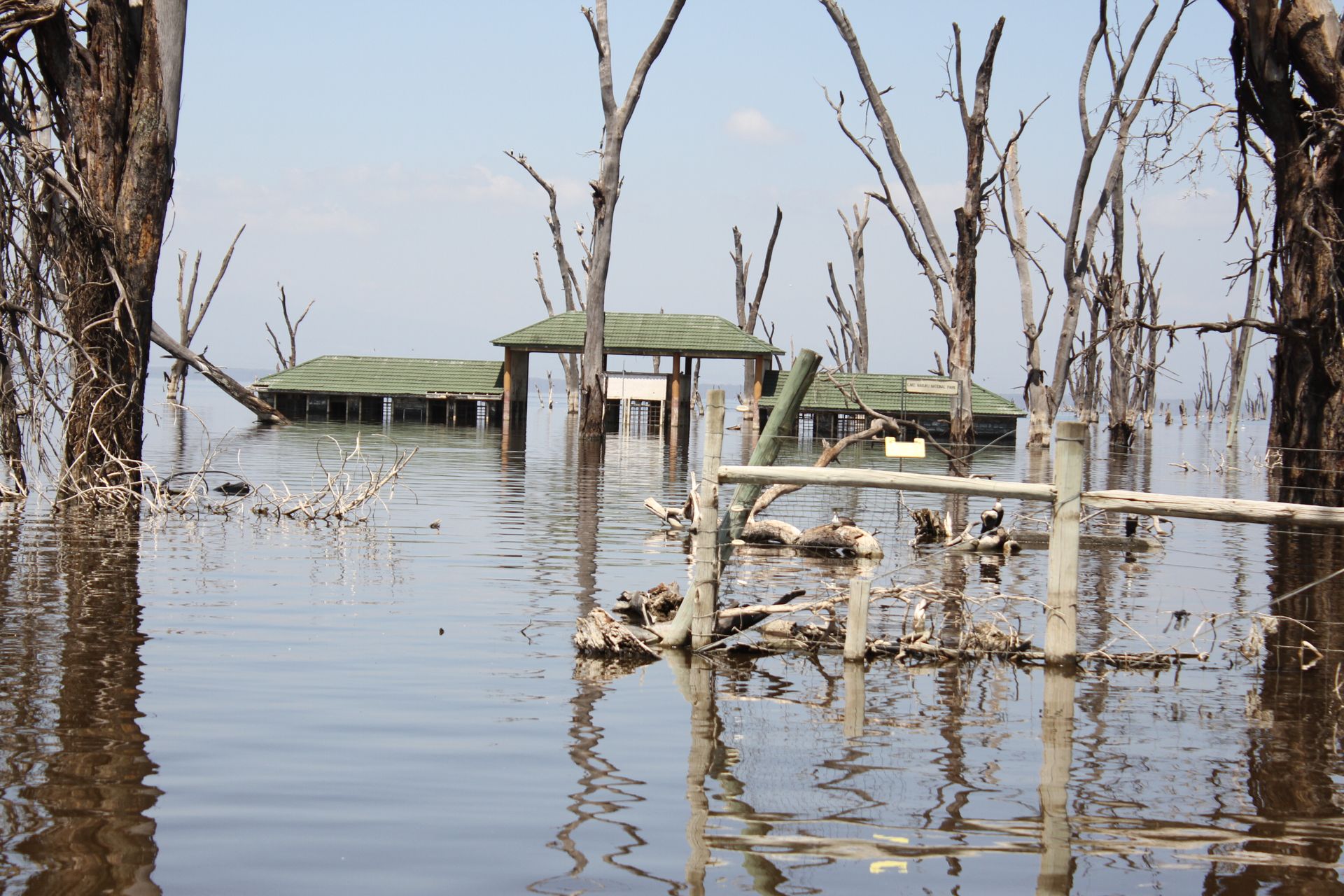Nakuru city
Troubled waters: Why Nakuru's flamingo paradise remains under threat

By BRET SANYA
Jul 25, 2023
4 min read
One of the gates to Lake Nakuru National Park that is submerged in water.
photo credit: BRET SANYA/MTAA WANGU


One of the gates to Lake Nakuru National Park that is submerged in water.